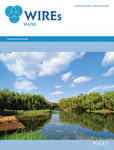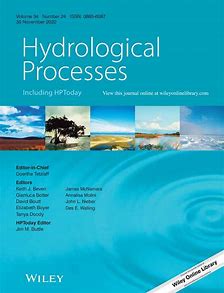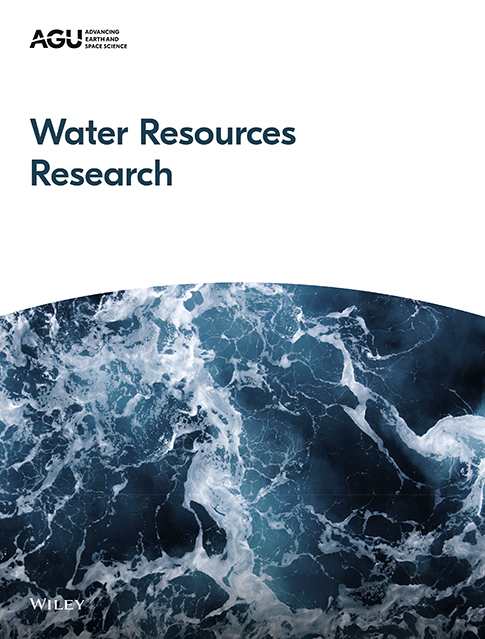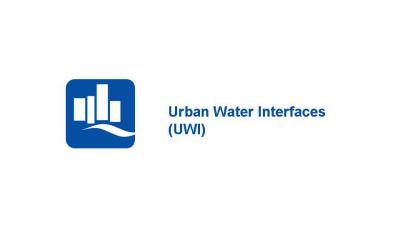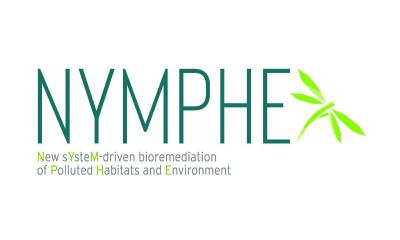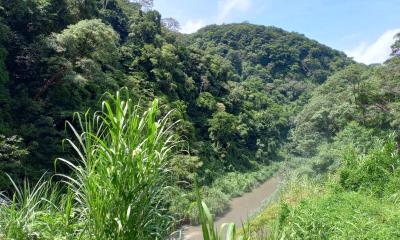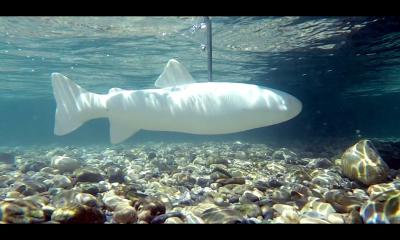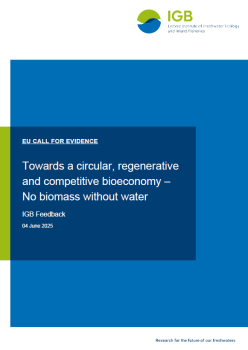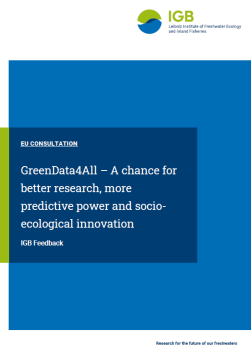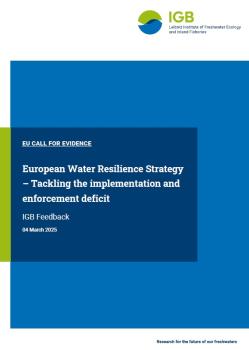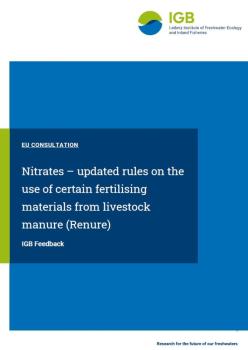Water and matter cycles
Rivers, lakes and wetlands connect the land to the sea, they are directly linked to groundwater, and regulate the global nutrient and carbon balance. Their sediments are also highly active zones that can extract nutrients and contaminants from the surface water. We explore these complex physical, hydrological, biological and chemical processes and interactions. We then use the knowledge gained to develop concepts for sustainable water management and for enhancing water quality. For example, we focus on the wetland rehydration of bogs, interactions between groundwater and surface water, the significance of riparian zones, and matter conversion in sediments.
Related News
Selected publications
The Unexploited Treasures of Hydrological Observations Beyond Streamflow for Catchment Modeling
Other hydrological data than streamflow have the potential to improve process consistency in hydrological modeling and consequently for predictions under change. The authors review how storage and flux variables are used for model evaluation and calibration; improving process representation.
Recent Developments and Emerging Challenges in Tracer-Aided Modeling
The authors reviewed recent advances and remaining challenges of tracer-aided modelling which offers insights into internal storages, water sources, flow pathways, mixing processes, and water ages, which cannot be derived from hydrometric data alone. Tracer data have the capability to falsify hydrological models and test hypotheses, and thus increase understanding of hydrological processes.
Seasonal and Inter-Annual Dynamics in Water Quality and Stream Metabolism in a Beaver-Impacted Drought-Sensitive Lowland Catchment
The authors monitored water quality parameters over 3 years in an intermittent stream network in the eutrophic, lowland Demnitzer Millcreek catchment, Germany. They focused on the effects of wetland systems impacted by beaver dams on the diurnal, seasonal and inter-annual variation in water quality dynamics and modelled stream metabolism.
Revising Common Approaches for Calibration: Insights From a 1-D Tracer-Aided Hydrological Model With High-Dimensional Parameters and Objectives
Dimensionality of parameters and objectives has been increasing due to the accelerating development of models and monitoring networks resulting in major challenges for model calibration. The study highlights limitations of high-dimensional calibration approaches, the role of data uncertainty and deficiencies in model structure of process-based ecohydrological models.
Attributing Urban Evapotranspiration From Eddy‐Covariance to Surface Cover: Bottom‐Up Versus Top‐Down
Evapotranspiration (ET) is an important process in the water cycle that can help reduce heat stress in cities. However, it is dependent on surface cover. The study provides insights that can inform urban planning and water management decisions, including improving the living environment of city dwellers.





